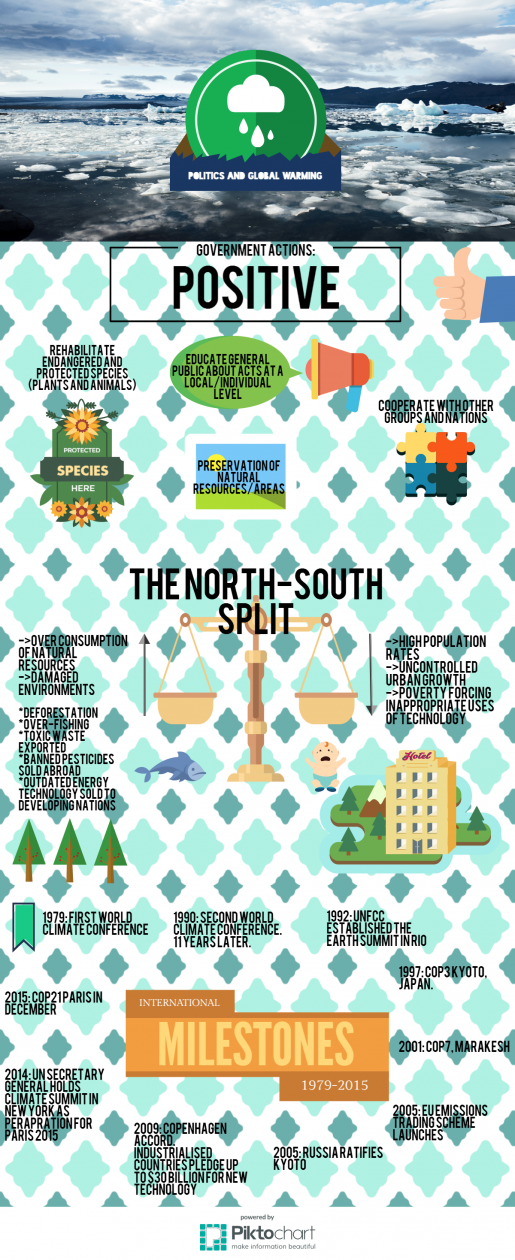Theme: Energy
Key learning: During this session, we were introduced to the theme of energy by first looking at various objects; such as a candle, a plane and a petrol station, and were asked what do these things have in common? The answer to this question is that they all make use of fossil fuels. I think this would be a good teaching point in introducing energy to children, as it highlights how much we rely on and use fossil fuels. We are dependent on them for the generation of electricity, transport fuels, cooking and heating, and plastics.
In 2005 it was estimated by World Oil that we had only 45 years of oil left. Statistics such as these may not be completely accurate, but it is still evident that we are running out of fossil fuels at a fast pace, and it is important for us to know the other options that we have. This is why I believe that although fossil fuels at some point in the future may not be so relevant as we attempt to move onto the use of renewable energy, it is still important for children to be educated on the fossil fuel crisis. It is something that will ultimately affect us all. During my teaching I think that my focus would be on the different forms of renewable energy, but I would also highlight to children what we have relied on for many years.
We touched on certain renewable energies; including wind, hydrogen and biofuels. It is very promising to see developments in the environment. In 2008 Honda created the first hydrogen fueled cars; which only emits water vapour. This is a massive step forward in reducing carbon emissions.
During Andrew’s input we looked at electricity. This was very useful in allowing us to fulfill Curriculum for Excellence outcomes through practical work. I feel that practical tasks such as these would be very effective in engaging children. Learning of atoms, currents and circuits is something that I myself find daunting, however if a child is able to experience the building of a circuit, it makes the learning much easier.
I can describe an electrical circuit as a continuous loop of conducting materials. I can combine simple components in a series circuit to make a game or model. SCN 1-09a
During Louise’s workshop, we took a closer look at wind energy by carrying out a debate on the positives and negatives of it. This allowed me to utilise my researching and debating skills. My group was supporting wind energy, and we looked at various websites to gather our information to use as supporting arguments. I found this workshop very useful as it allowed us to see both the good and the bad side of renewable energy; showing that we are far from reaching a perfect source of energy that will not run out. It also allowed us to decide for ourselves, if wind energy is something we saw as a positive thing.
The information that I gathered included:
‘25% of all of Europe’s wind energy crosses Scotland’s seas, therefore Scotland is well positioned to reap the benefits of offshore wind.’
‘It represents the biggest opportunity for sustainable economic growth in Scotland for a generation. The government is working in active partnership and collaboration with all offshore wind developers active in Scotland, grid companies, manufacturing firms, academia…put in place necessary components to secure these benefits.’
‘The offshore wind industry group has formed to provide a forum for the public sector, offshore wind developers active in Scotland and other relevant parties to drive the success of this industry into Scotland. Their role is to identify and take forward the actions necessary to support this industry in realising the fullest economic and environmental benefits for Scotland.’
.jpg&X-OWA-CANARY=wVN0cQ3uzkuzBX8p3jaVhCCnuci-D9QYKuPQG7b8TGsi5TI7lJnOXRMcgh_-DyGG3N94m9VFdug.&isImagePreview=True)
Impact on my views/lifestyle/practice: Safety has been a recurring theme throughout this module relating to practical tasks. It has highlighted to me the importance of ensuring proper safety measures are carried out. As a teacher I should be able to safely carry out an experiment myself and show it to children as a guide, as well as taking notice of any possible dangers. For the theme of energy, working with electricity means that children should know of these dangers and as a result conduct themselves in a mature way while practicing experiments.
I know how to stay safe when using electricity. I have helped to make a display to show the importance of electricity in our daily lives. SCN 0-09a
Areas of interest to further explore/develop: Electricity is a topic I struggle to get my head around, so this is an area I wish to further explore. If it came to a point that I was teaching children about electricity, it would be important for me to fully understand it myself, otherwise it may be more difficult to have children engaged in the topic.



















